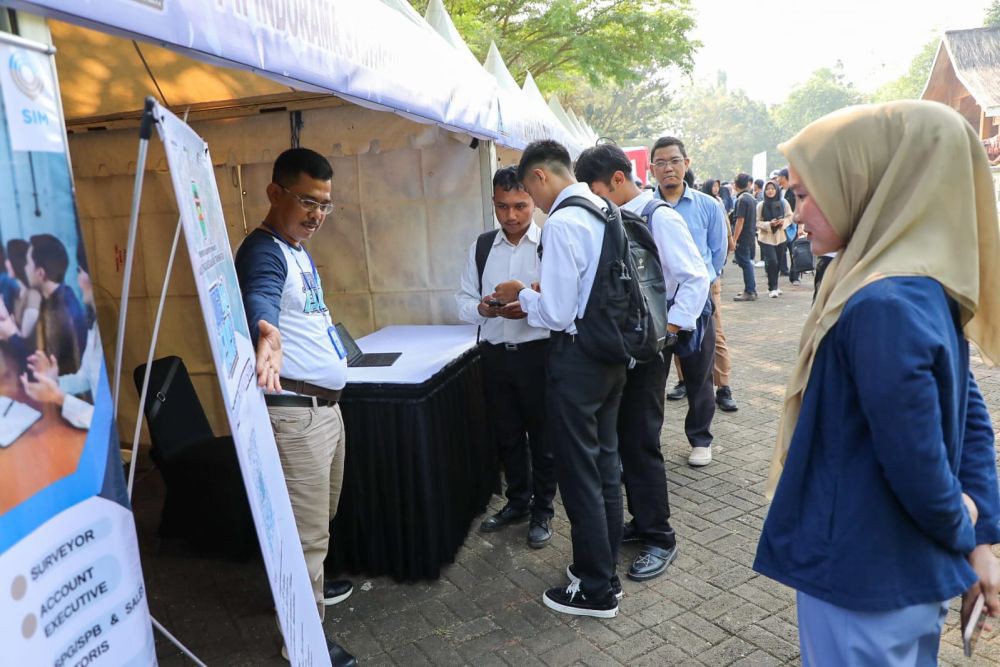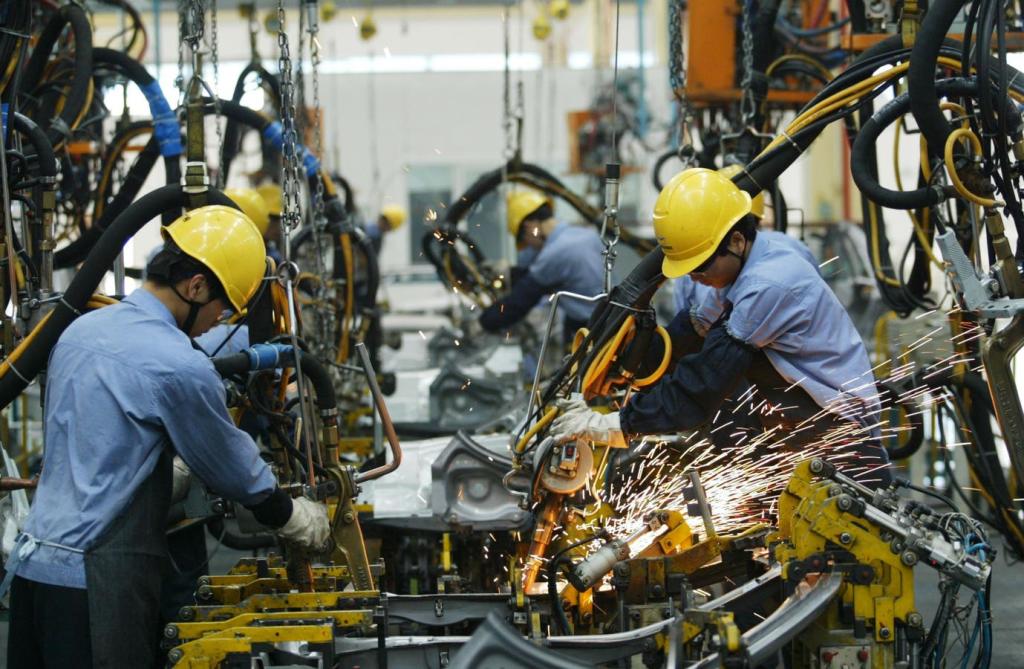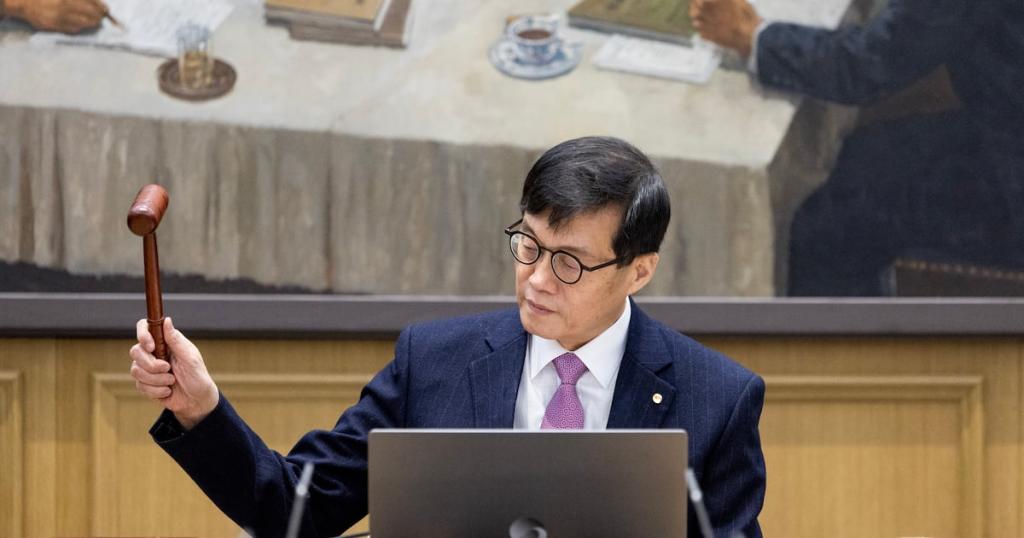Navigating Indonesia's Middle Class Economic Challenges
Explore the decline of Indonesia's middle class amid rising costs and government efforts to restore economic stability. Discover critical insights and solutions.

Key Points
- The Indonesian middle class has declined drastically, dropping from 57 million in 2019 to 48 million in 2024, impacting economic growth.
- Rising living costs have shifted consumer spending patterns, making it increasingly difficult for the middle class to maintain their economic status.
- The government is implementing programs to strengthen social security and create job opportunities to prevent further economic decline of the middle class.
In recent years, Indonesia's middle class has faced significant economic challenges, raising concerns not only for individual families but also for the nation’s overall economic stability. The declining numbers of the middle class threaten Indonesia’s aspirations for a prosperous 2045. Recent data indicates that the middle class dropped from approximately 57 million in 2019 to just under 48 million in 2024. This decline represents a staggering loss of 9.48 million individuals classified as middle class.
The Numbers Don’t Lie
As reported by the Central Bureau of Statistics (BPS), the declining trend reveals that the percentage of Indonesia's middle class has decreased from 21.45% of the total population to 17.13% over five years. This shift is alarming and serves as a wake-up call for policymakers. Indeed, the role of the middle class in consumer spending makes their economic stability essential for national growth.

The economic implications are vast. As members of this class experience financial strain, they tighten their budgets, leading to reduced consumption and slowed economic growth. Interestingly, the lifestyle choices of many in the middle class have also contributed to their vulnerability. Increased reliance on loans and credit has left families exposed to any economic downturns, especially during challenging times such as the
.
Worsening Economic Conditions
The concern is not merely about falling numbers; it’s about the shift toward those classified as "aspiring middle class" or even the vulnerable poor. BPS reports highlight an increase in those at risk of poverty, growing from about 54.97 million in 2019 to 67.69 million in 2024. This situation could force many into a downward spiral, leading to a rise in poverty levels—a trend that can have long-lasting impacts on societal stability.
Government Initiatives to Assist
In light of these challenges, various government officials have emphasized the need for immediate action to help protect the middle class from falling into poverty. Minister of Coordinating Affairs for Human Development and Culture,
, stated that “efforts must involve multiple sectors”, thereby encouraging a collaborative approach to solving these pressing economic issues.
Additionally, the Government plans to strengthen social security networks and employment programs to mitigate these risks. Minister of Manpower,
, outlined ongoing programs that aim to create job opportunities and provide entrepreneurial support to enhance the resilience of those at risk of losing their middle class status.

Impact of Increasing Living Costs
Moreover, the rising costs of living have significantly altered spending patterns. Increased outlays for essential services such as transportation and education have been documented, with a noted 7.5% rise in transportation costs from 2019 to 2024. These expenses are consuming larger portions of household budgets, making it increasingly challenging for families to maintain a comfortable lifestyle.
Interestingly, lifestyle changes, including the increasing consumption of packaged products, contribute to the economic decline. Opposition to basic commodities like drinking water and food has begun to erode disposable incomes, prompting an urgent conversation about adjusting spending habits to avoid slipping into poverty.

Moving forward, addressing these multifaceted challenges is vital. To prevent the middle class from further diminishing, stakeholders must work collaboratively to enhance economic opportunities, implement social safety nets, and educate the populace about sound financial management.
As Indonesia navigates these turbulent economic waters, the commitment to restoring and empowering the middle class will be crucial to achieving a more balanced and sustainable economic future. With the right policies and community support, there is hope for strengthening this vital segment of society. The resilience of Indonesia's middle class is not only key to individual wellbeing but also essential for the nation to thrive.


